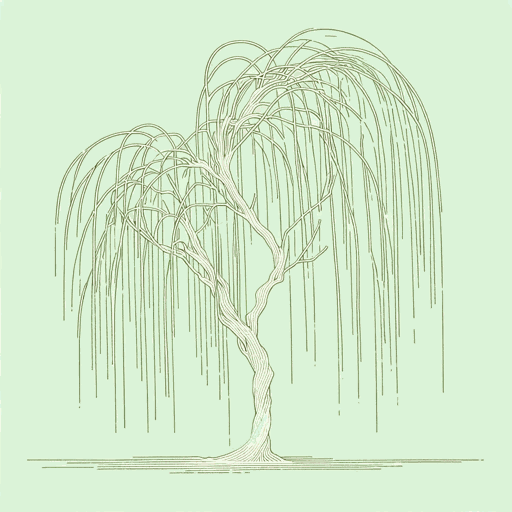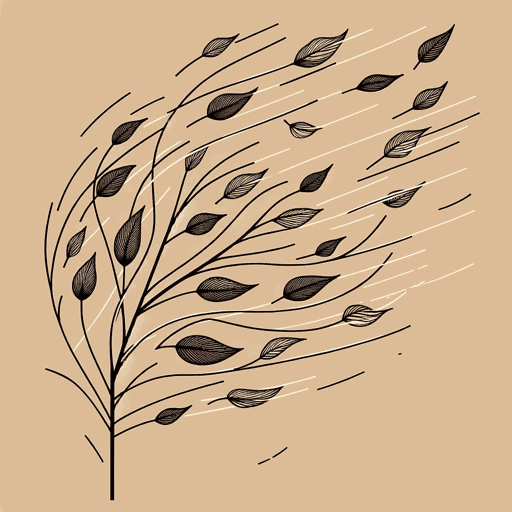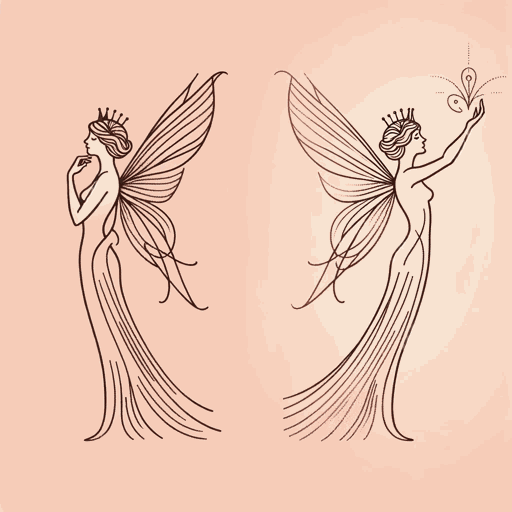17 pages • 34 minutes read
Percy Bysshe ShelleyOzymandias
Fiction | Poem | Adult | Published in 1818A modern alternative to SparkNotes and CliffsNotes, SuperSummary offers high-quality Study Guides with detailed chapter summaries and analysis of major themes, characters, and more. For select classroom titles, we also provide Teaching Guides with discussion and quiz questions to prompt student engagement.
Literary Devices
Form, Meter, and Rhyme Scheme
“Ozymandias” is a sonnet, a poetic form consisting of 14 lines of iambic pentameter. Though the poem might seem rigid and formal on the surface, it represents an innovative departure from other sonnets of its time. While Shelley’s contemporaries (like John Keats) largely adhered to the rhetorical rules and patterns codified by William Shakespeare’s treatment of the sonnet, Shelley experimented. He invented his own unique rhyme scheme for “Ozymandias” (ABABA CDCEDEFEF) and did away with the octet (eight lines rhyming ABBAABBA) and sestet (six lines rhyming CDCDCD or CDECDE) structure popularized by the Italian poet Petrarch.
The poem’s meter is more typical. Most lines consist of five iambs, a metrical foot consisting of one unstressed syllable followed by one stressed syllable. A typical line of “Ozymandias” scans like this, with the stressed syllables in bold:
I met | a trave- | ller from | an an- | tique land (Line 1)
Irony
Irony is the expression of one’s meaning using language that typically communicates the opposite. In literature, irony can be understood as a technique that can communicate humor, wry understanding, and/or emphasis that is not obvious to the reader at first glance.
Related Titles
By Percy Bysshe Shelley

A Defence of Poetry
Percy Bysshe Shelley

Adonais
Percy Bysshe Shelley

Alastor; or, The Spirit of Solitude
Percy Bysshe Shelley

Mont Blanc: Lines Written in the Vale of Chamouni
Percy Bysshe Shelley

Mutability
Percy Bysshe Shelley

Ode to the West Wind
Percy Bysshe Shelley

Prometheus Unbound
Percy Bysshe Shelley

Queen Mab: A Philosophical Poem
Percy Bysshe Shelley

The Masque of Anarchy
Percy Bysshe Shelley

The Triumph of Life
Percy Bysshe Shelley

To a Skylark
Percy Bysshe Shelley

